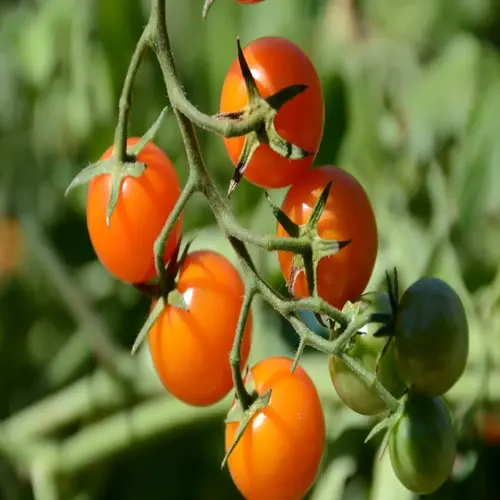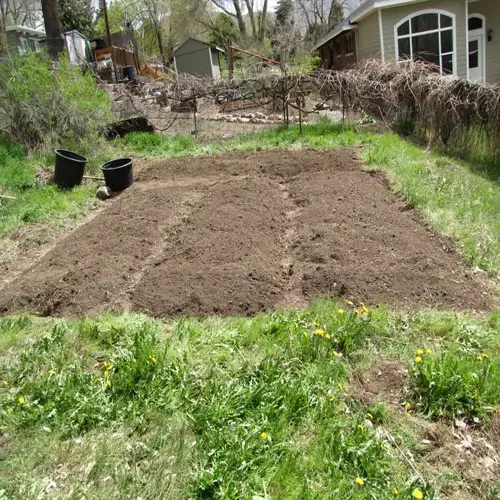What indicates turmeric is ready for harvest?

Written by
Tina Carter
Reviewed by
Prof. Martin Thorne, Ph.D.Knowing when to harvest turmeric is what makes the difference between a productive crop and a wasted experience. After months of waiting and fussing, the maturing plant will exhibit some telltale signs that the rhizomes will be mature. I have developed three signs through countless sterile grows over the years. Ignoring these signs could mean the difference between harvesting roots that are not yet developed and discarding them.
Complete yellowing of leaves gives the first visual cue. All leaves change color from green to a golden-yellow before they dry. This occurs naturally and adapts as plants allocate energy towards rhizomes. I compare leaf color weekly starting at seven months old. Premature yellowing indicates an issue, while appropriate yellowing confirms maturity.
Visual Inspection
- Check for uniform yellowing across all leaves
- Confirm complete dryness of foliage
- Examine stem base thickening near soil
- Note natural leaf drop pattern
Physical Testing
- Gently tap rhizomes for hollow sound
- Test firmness with careful finger pressure
- Scrape small soil section to check size
- Verify stem detachment ease
Environmental Timing
- Record planting date for accurate age calculation
- Monitor seasonal temperature shifts
- Consider light exposure changes
- Note water reduction timing
In cases of uncertainty, perform a test dig. Gently uncover one edge of the rhizome while disturbing the roots as little as possible. The maturity of turmeric is indicated by its deep orange color and a firm rhizome. I will select the biggest plant for testing purposes when different indicators conflict. If it is small, re-bury the plant back into the garden and then wait two more weeks.
Harvesting timing greatly influences curcumin levels. Based on my potency tests, roots harvested too early are 20-30 % lower in active compounds. Optimal timing accounts for maximum medicine. Fluctuating weather can shorten or lengthen maturity, so monitor as closely as possible in late growth phases.
After harvest, process the rhizomes immediately to maintain quality. Remove the soil using a brush; unless necessary, please refrain from washing. Choose the best specimens to serve as planting stock for the next season. I prefer to cure the harvest in shaded areas for storage, which helps extend shelf life and promote flavor development.
Read the full article: How to Grow Turmeric Indoors Successfully

